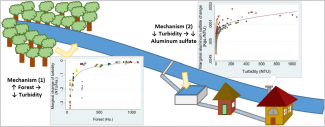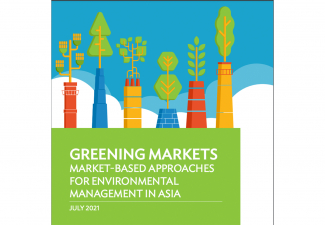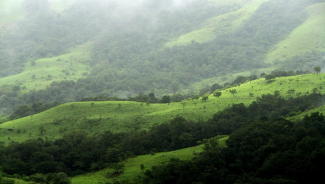FILTER
Displaying 51 - 60 of 105 publications
Environmental compensation (EC) aims at addressing environmental losses due to development projects and involves a need to compare development losses with compensation gains using relevant metrics. A…
| Peer Reviewed | Sweden
The impact of implementing payments for ecosystem services (PES) in Costa Rica have shifted over time. The results of this research study allow us to identify when PES have had higher impacts.
| Peer Reviewed | Central America and MexicoHighlights • Avoiding 1% of catchment's forest loss reduces chemicals use by 0.026% in Costa Rica. • Improving the turbidity by 1% decreases 0.005% aluminum sulfate needed at the water plants. • The…
| Peer Reviewed | Central America and MexicoDebate about what proportion of the Earth to protect often overshadows the question of how nature should be conserved and by whom. We present a systematic review and narrative synthesis of 169…
| Peer Reviewed | Uganda| Peer Reviewed | Uganda
Highlights • Farmers would rather receive compensation for soil and water conservation works than biodiversity. • Significant costs can be shared by farmers for forest conservation. • Investments in…
| Peer Reviewed | EthiopiaIt is commonly asserted that the successful management of common property resources (CPR), and by extension, the provision of public goods such as biodiversity and carbon, requires the devolution of…
| Peer Reviewed | South AfricaImplications for Participatory Forest Management and Payments to Communities for Ecosystem Services Communities living near Kenya’s forests place a monetary value on conservation. Mountain forests are…
| Research Brief | South AfricaRangeland conditions in the Lesotho highland dam catchment areas is important for local livelihoods and regional water supply. We investigated changes in land cover and condition from 1991 (before…
| Peer Reviewed | South Africa


